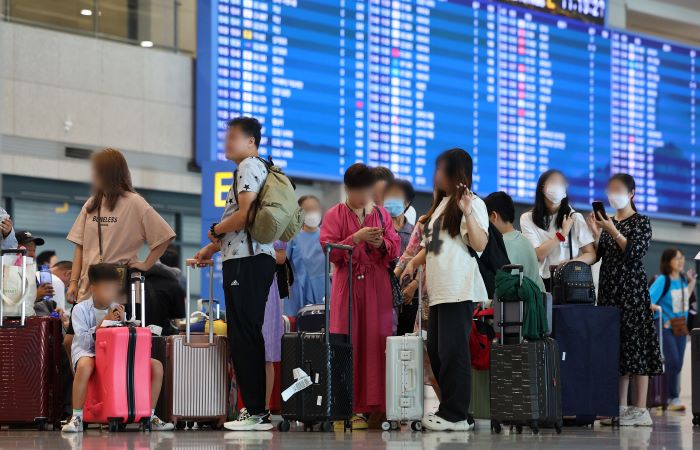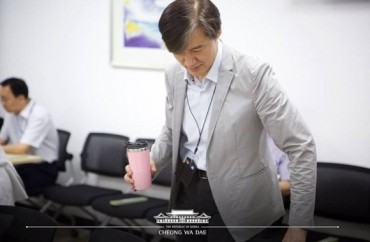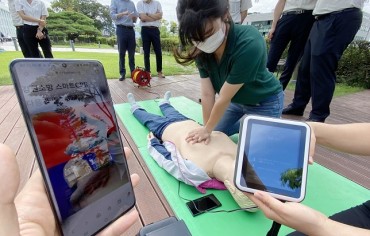
Chinese group tourists traveling to South Korea from Jinan, China, wait for a guide at the arrival hall of Incheon International Airport’s Terminal 1 on Aug. 15, 2023. (Image courtesy of Yonhap)
SEOUL, Aug. 16 (Korea Bizwire) — China’s recent decision to permit group travel to South Korea has ignited hopes for a positive impact from Chinese group tourists.
Nonetheless, the airline industry has yet to take proactive steps such as route expansions.
There’s a prevailing sense of caution, as industry experts await the extent of tourism recovery amid China’s economic challenges.
Leading carriers like Korean Air Co. and Asiana Airlines Inc. revealed on Monday their intentions to adopt a wait-and-see strategy regarding route expansions to China, contingent on demand resurgence.
Korean Air, presently operating 121 weekly South Korea-China flights, expressed its intention to “gradually increase supply,” citing considerations like securing operational permits.
Even low-cost carriers (LCCs) exhibit adaptability. The process of gauging Chinese group traveler demand and obtaining operational permits can span up to three months.
Moreover, the reshuffling of passenger aircraft on Japan-Southeast Asia routes, marked by significant demand surges, necessitates careful planning.
The prevailing caution across the domestic travel sector, including the airline industry, stems from uncertainties surrounding China’s economic slowdown and Seoul-Beijing Korea relations.
China’s consumer price index (CPI) dropped by 0.3 percent year-on-year in July, while the producer price index (PPI) plummeted by 4.4 percent.

According to aviation statistics from the Ministry of Land, Infrastructure, and Transport on August 15, the number of international and domestic passengers using national carriers and foreign airlines in July reached 8.97 million, up 79 percent from July last year (5.04 million). It was also 83.8 percent higher than in July 2019, before the coronavirus. (Image courtesy of Yonhap)
This dual negative trend, last observed in November 2020 during the COVID-19 pandemic peak, underscores China’s economic state.
This contrasts starkly with the era of robust economic growth that facilitated extensive Chinese overseas travel, potentially undermining the efficacy of Chinese group tourism.
Samsung Securities Co., in a recent report, stressed the importance of assessing both the volume of Chinese group travelers and the speed of their purchasing power recovery post-September, given lingering concerns about China’s economic slowdown.
The report noted that though the barriers for group travel have been removed, obstacles remain in the housing market and consumer sentiment recovery.
An additional concern revolves around South Korea-China relations, which haven’t fully rebounded since the Terminal High Altitude Area Defense (THAAD) deployment dispute.
“The fallout from the THAAD conflict severely impacted Chinese tourism. The unquestioning fondness for South Korea has dissipated, and bilateral ties haven’t regained their former strength.” an industry insider said.
For the first half of the year, South Korea experienced a tourism deficit of US$4.65 billion, its largest H1 deficit since 2018, attributed to the sluggish recovery in foreign tourist arrivals.
According to Samsung Securities, Chinese group travelers accounted for an average of 38.4 percent of South Korea’s tourist arrivals from 2010 until the THAAD conflict.
Lina Jang (linajang@koreabizwire.com)







